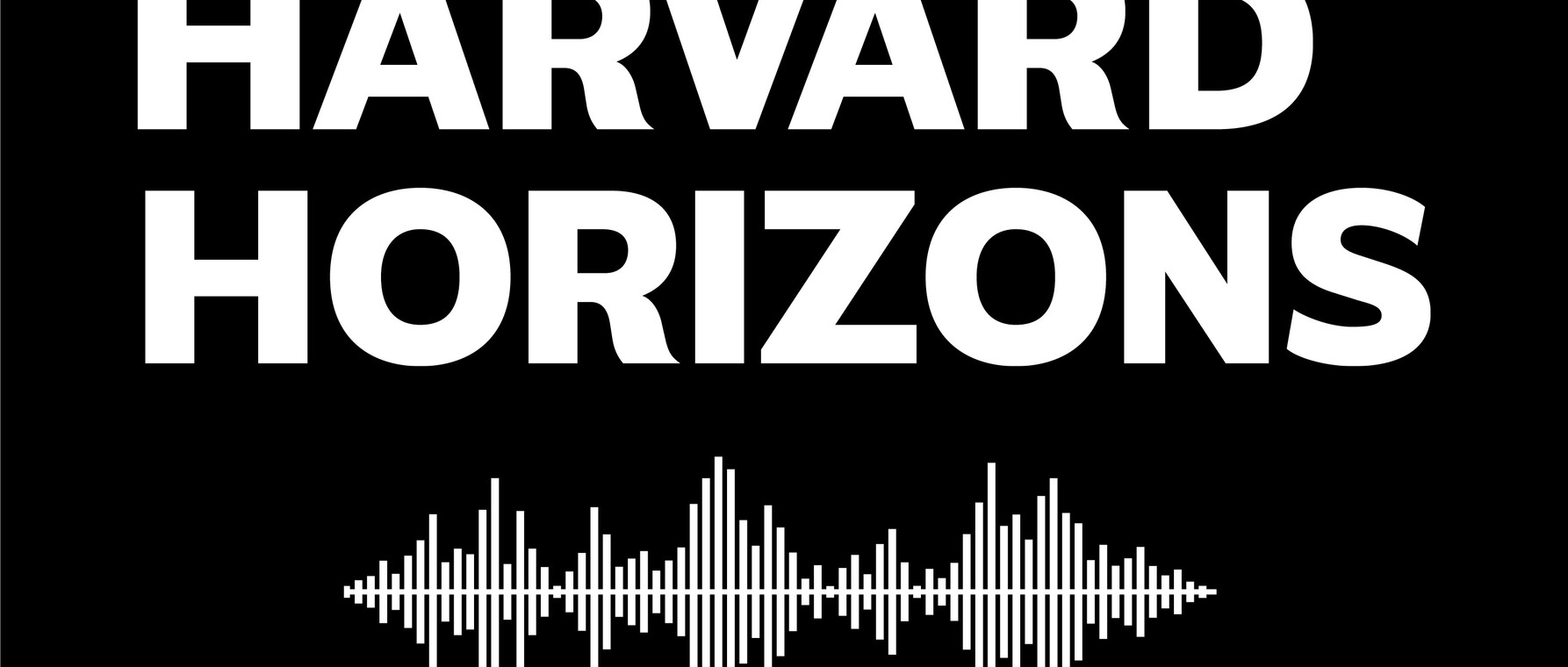Harvard Horizons Podcast: Imagining Extraterrestrial Life

What does it mean to be a human in a world that's dominated by science and technology—and in a universe in which we might not be alone? With the advancement of observational technology—for instance, the new James Webb telescope situated nearly a million miles from Earth—the detection of extraterrestrial life increasingly becomes a possibility. And while scientists have long had a love-hate relationship with speculative fiction, they are in constant engagement with i as they search for extraterrestrial life. In this episode of the Harvard Horizons podcast, PhD student Karina Mathew talks about engaging our imaginations to move beyond the restrictions of technology and human expectations.
This transcript has been edited for clarity and correctness.
Are we alone in the universe? This question is as old as science itself, but recent developments and observational technology and the biological sciences suggest that we are at the dawn of an interstellar, interspecies age. When in 2017, this mysterious interstellar artifact hurtled to our solar system, it sparked a contentious debate as to whether we had, in fact, made contact.
The object named ‘Oumuamua was difficult to define, to label as that which had been seen before, and it unleashed a fury of interest in its uncanny and chilling nature. This object prompted a new question—what if? Science fiction is one of the primary ways we inquire into a question such as "what if?" And it is the tool that I use in my research.
As a scholar of contemporary literature and fiction, I am fascinated by the disruption that ‘Oumuamua caused. My dissertation looks at contact fiction in film from the 1960s to the present day that refused to give us easy answers about the extraterrestrial, forcing us to think flexibly and nimbly about relationships between human and non-human actors. But not all contact fiction are made alike. And we need to be selective in which we look to as sources of inspiration or even as models.
Many science fiction contact stories project the human onto the extraterrestrial, viewing the aliens as conquerors, agents of enlightenment, or metaphors for race relations. The works I look at undermine this anthropocentric, by which I mean human-centered, bias. They place human investigators in a moment of suspended understanding in which the extraterrestrial is given agency to speak, to be understood on its own terms.
Such contact stories shift the focus away from what if, which presumes that we know what we’re looking for, to ask a far more interesting and complicated question—what is this? Let's take a look at some examples. You might be familiar with Denis Villeneuve’s Arrival, which envisions contact as an exercise in alien linguistics. Our heroine linguist is surprised to discover that learning an alien language reprograms the human mind's ability to perceive time.
Or consider Boris and Arkady Strugatsky's novel Roadside Picnic, which sees contact as an archeological endeavor as humans scavenge the landscape for incomprehensible alien artifacts. These stories decenter the human perspective by placing extraterrestrial agency front and center. Aliens transform humans, disrupt landscapes, and choose when to reveal or obscure their true nature.
Another telling example is Jeff VanderMeer's novel, Annihilation, in which an inexplicable entity arrives on Earth and begins complicating distinctions between human and non-human, between life and matter. When an expedition is sent into the mysterious Area X, they find that the organism refuses to be defined.
It appears not as one organism, but by mutating other creatures. It begins to mimic its surroundings as if sculpting itself from the nearby biological matter. It even develops human brain cells and learns to write, leaving messages in English that can be read but not understood. This organism has its own logic, and this logic can only be grasped by human investigators through direct experience with the entity itself.
The novel suggests that in pursuing the question “What is this?” We come out on the other side as something more than human. To pursue this question is to realize that we are part of the answer.
What I hope you take from this talk today is that the works of our imagination are a lens as powerful as that of any telescope that filters what we look for in the night sky, what we see, and what we choose to label as alien or not. Becoming aware of this is critical, because how we define the parameters of the extraterrestrial may mean the difference between making contact and staring blindly into the night.
Our first task in imagining extraterrestrial contact, then, is to critically assess the vantage point from which we begin our imaginings. But more importantly, understanding how we imagine the nonhuman is critical in a time of global ecological crisis. In many ways, we are blind to the voices of intelligence and lifeform on this planet.
Consider, for example, recent research into the life of trees, which has revealed intricate networks, activities, even relationships that permeate across forests and ecosystems, even as these ecosystems are being destroyed. To ask whether we are alone is to embark on a journey and an investigation into the nature of our universe and our planet. It is to inquire into the relationship between the human and the non-human, into questions as old as civilization itself.
But in the search for life, detection is just the beginning of the journey. And the moment of encounter raises questions that science alone cannot answer.
Get the Latest Updates
Join Our Newsletter
Subscribe to Colloquy Podcast
Simplecast





